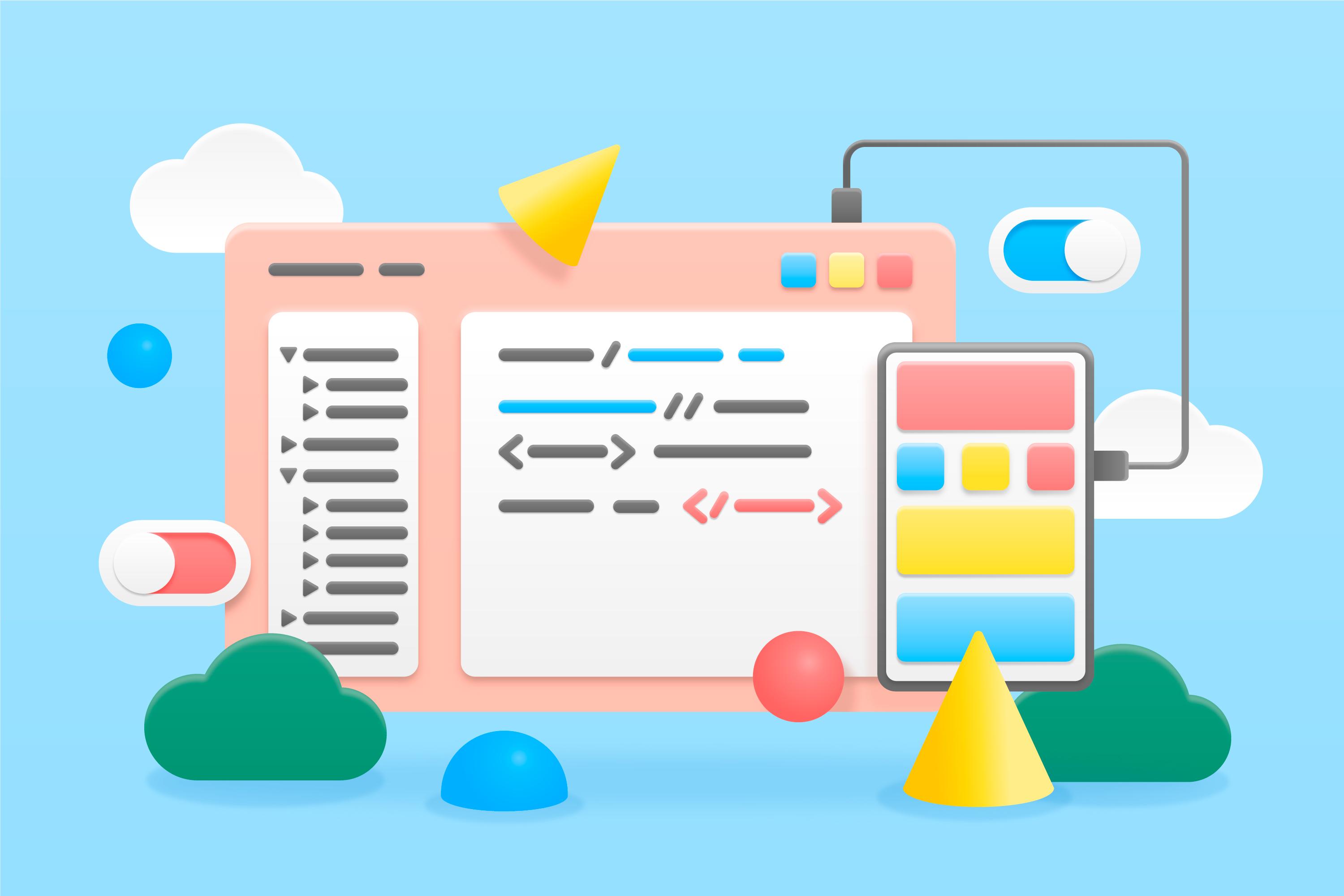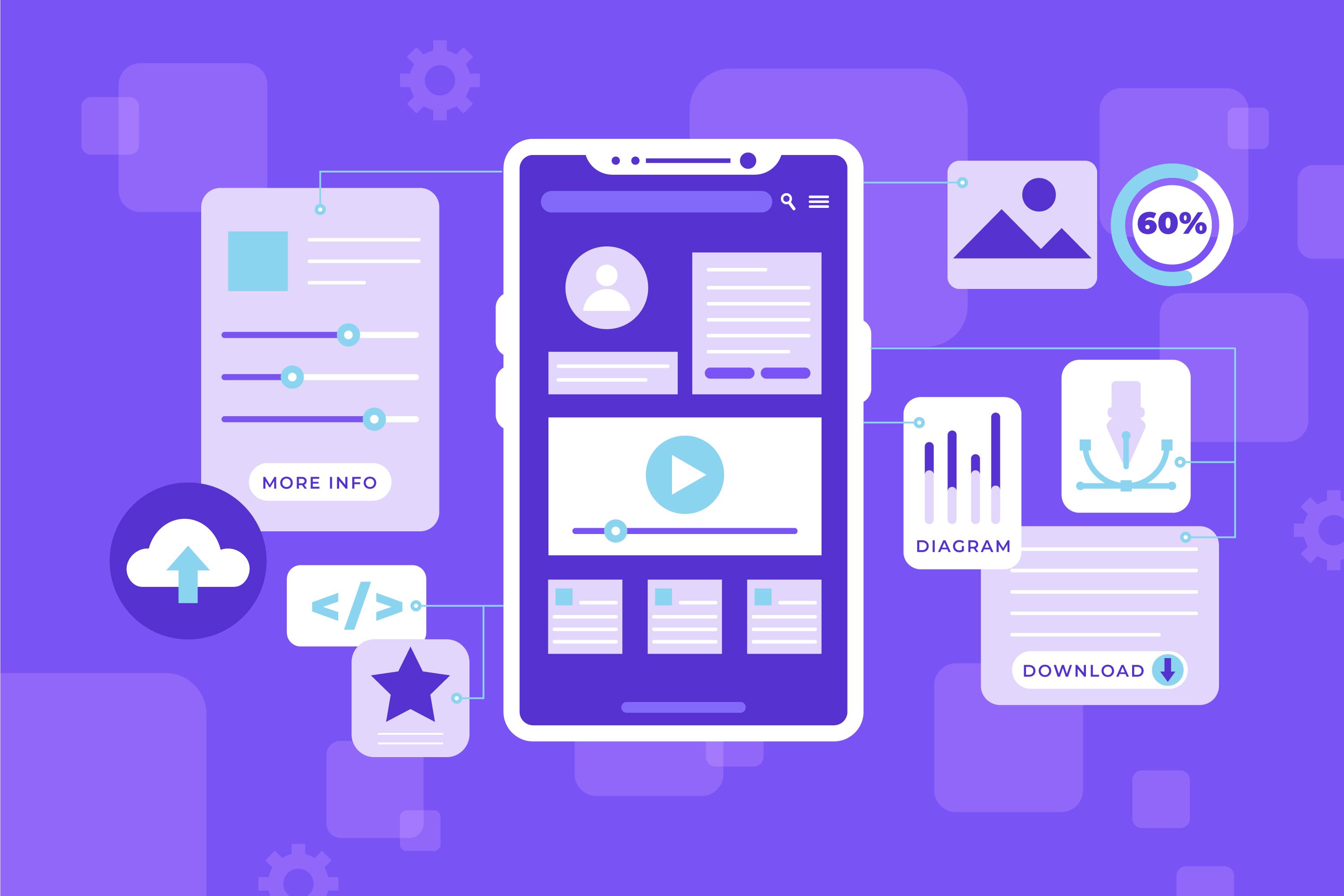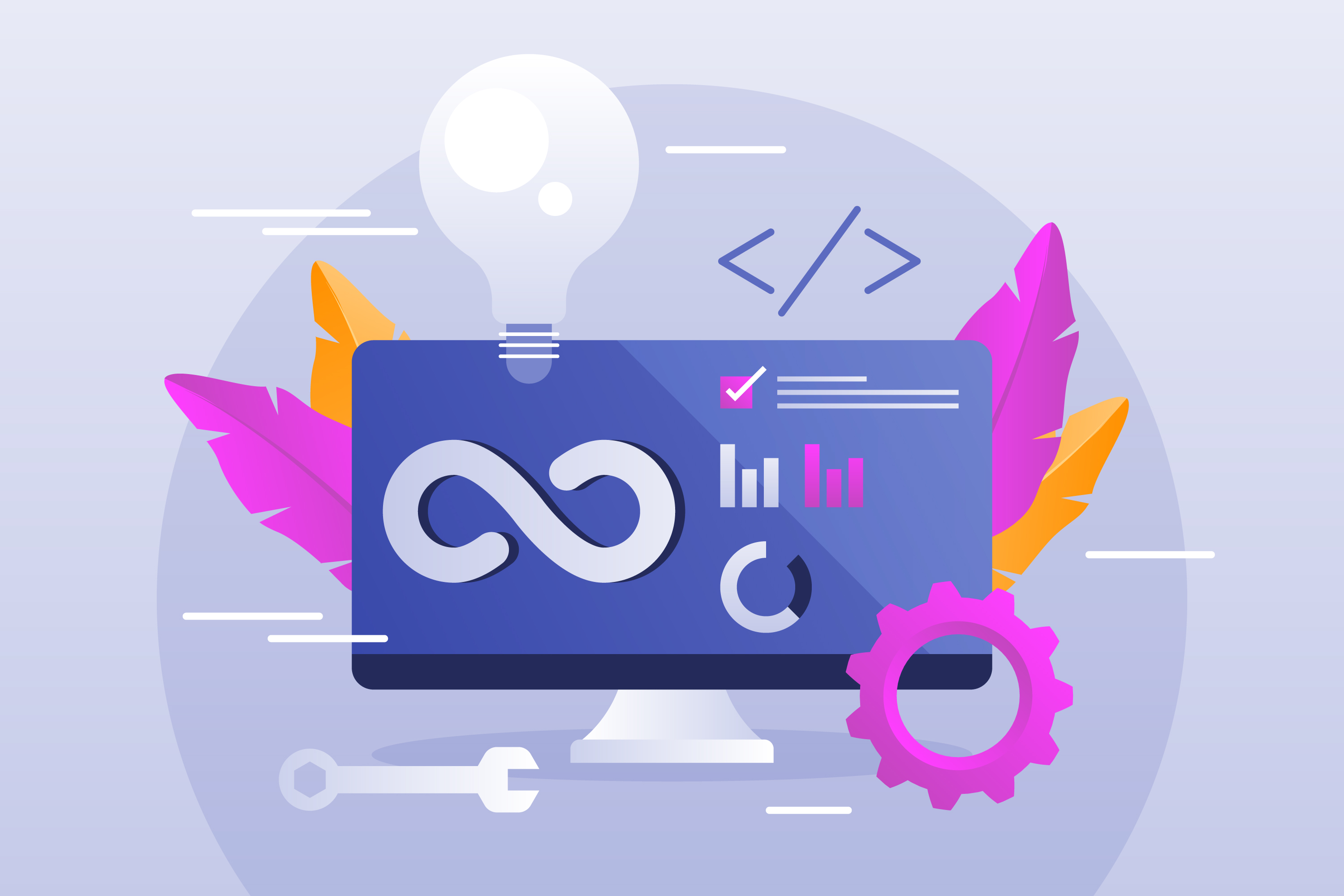The React Native framework is a JavaScript library made by Facebook. It helps developers build websites and web apps. You can also use it to make mobile apps with React Native. It focuses on how things look and how users interact with them.
Flutter is a framework made by Google. It lets you create mobile apps for Android and iOS using one codebase. You can also build web and desktop apps with it. Flutter framework uses the Dart programming language and has its own set of tools and design elements.
Both tools are used to build modern apps. They help developers work faster by reusing code and making apps that run on many platforms.

Flutter or React: Which One Should You Use?
Flutter and React are two popular tools for building mobile apps. They both let you create apps for Android and iOS using one codebase, but they work in different ways. Flutter is made by Google and uses Dart. React Native frameworks come from Facebook and run on JavaScript. Choosing between Flutter vs React Native depends on your goals, skills, and the kind of app you want to build.
Language Used
React uses JavaScript. It’s one of the most common languages online. Many developers already know it. That makes React easy to pick up for people with web experience.
Flutter uses Dart. Dart is not as popular. Most people learn it only because they want to use Flutter. While Dart is simple, it’s one more thing to learn if you haven’t used it before.
Learning Curve
If you know JavaScript, React feels natural. It blends well with HTML and CSS, so front-end developers can build mobile apps without learning too many new things.
Flutter can be a bit harder in the beginning. You have to learn Dart and understand how the layout system works. But once you get it, many find it fun to use because it gives a lot of control over design and behavior.
UI and Design
Flutter comes with its own design system. It gives you many built-in widgets that look the same on every device. You can also make your app look like native Android or iOS if you want.
The React Native framework depends more on native components. That means your app will look more like other apps on the device. But this also means you might get slightly different results on Android vs iOS.
Flutter gives you a more consistent design across devices. React Native feels more like a native app, but may need extra work to keep everything looking the same.

Performance
Flutter has better performance in most cases. It doesn’t need a bridge to talk to native code, so it runs faster and smoother.
React Native uses a bridge to connect JavaScript to native parts of the phone. This can slow things down, especially in big apps. For simple apps, the difference between Flutter and React Native may not matter much. But for games or apps with lots of animations, Flutter usually feels faster.
Community and Support
React Native has been around longer. It has a bigger community, more ready-made tools, and more online help.
Flutter is newer but growing fast. Google supports it strongly, and more developers are using it every year. You can find many packages and plugins already. Both are active, but React still has more third-party libraries and tutorials.
Development Speed
With React Native, developers who know JavaScript can get started quickly. The setup is easy, and changes show up fast on the screen.
Flutter also supports hot reload, which lets you see changes right away. It speeds up testing and helps you fix bugs faster. Still, React Native might feel quicker to start for people with web experience. Flutter becomes easier with time, especially when you reuse code across mobile, desktop, and web.
Best Use Cases
React Native works well for simple to medium-sized apps. Apps like social networks, chat apps, and React e-commerce apps are often made with React Native.
Flutter shines in apps that need custom designs, animations, or high performance. It’s great for building apps that look and feel the same everywhere. For example:
- Want an app that looks like your website? Use React Native.
- Want one app that looks exactly the same on all phones? Go with Flutter.
- Want to build for mobile, web, and desktop using one codebase? Flutter is a better fit.
Build Size
Is Flutter good for app development? Apps made with Flutter are usually larger. This can be a problem if you need to keep your app size small for users with limited storage.
React Native apps are smaller by default, but adding more features can also make them bigger over time.
Access to Native Features
Both let you use a camera, GPS, Bluetooth, and other phone features. But React Native often needs third-party tools or help from native code.
Flutter gives you built-in support for many features, and you can also write native code if needed. But some tools or services may support React Native better, especially if they’ve been around longer.

Don’t Rush the Choice Between Flutter and React
Picking Flutter vs React Native might seem simple at first. But many people choose too quickly or follow what others are doing. That can lead to problems later. Here are a few mistakes people often make:
- Ignoring what your team already knows. If you and your team know JavaScript, React Native might be easier. Jumping into Flutter means learning Dart from scratch, which takes time.
- Choosing based on looks alone. Flutter apps look good, yes. But if your app needs to connect with a website or use tools made for the web, React Native can make life easier.
- Forgetting about size and speed. Flutter apps are usually bigger. That might not work well if users have limited space or slower phones.
- Thinking that one tool fits every job. Each project is different. Just because a big company uses Flutter or React Native doesn’t mean it’s right for you.
- Not thinking about the future. Planning to build your app for desktop or web later? Flutter might be the better pick. React Native is more focused on mobile.
Take a little time. Think about your project, your team, and what you want your app to do—now and later. A smart choice in the beginning will save you stress down the road.
Which Is Better: Flutter or React Native?
There’s no one answer on what to choose, Flutter or React Native. It depends on what you need. If you already know JavaScript, React Native is easy to start with. It works well for many app types and has strong community support. It also helps when you want your app to look native and behave like other apps on the device.
Flutter is better if you care a lot about design and performance. It’s great when you want one design for all devices or if you’re building apps for mobile, web, and desktop. Flutter’s animations are smoother, and you get more control over how everything looks and works. For big, high-performance apps, Flutter often wins. For simple projects or when time is short, React Native might be quicker. Some developers even use both in different projects depending on what’s needed.
So, which is better, Flutter or React Native? Flutter is more flexible and powerful for custom apps. React Native is easier to start with and fits well into web-based teams. Pick the one that fits your skills, project type, and long-term goals.
